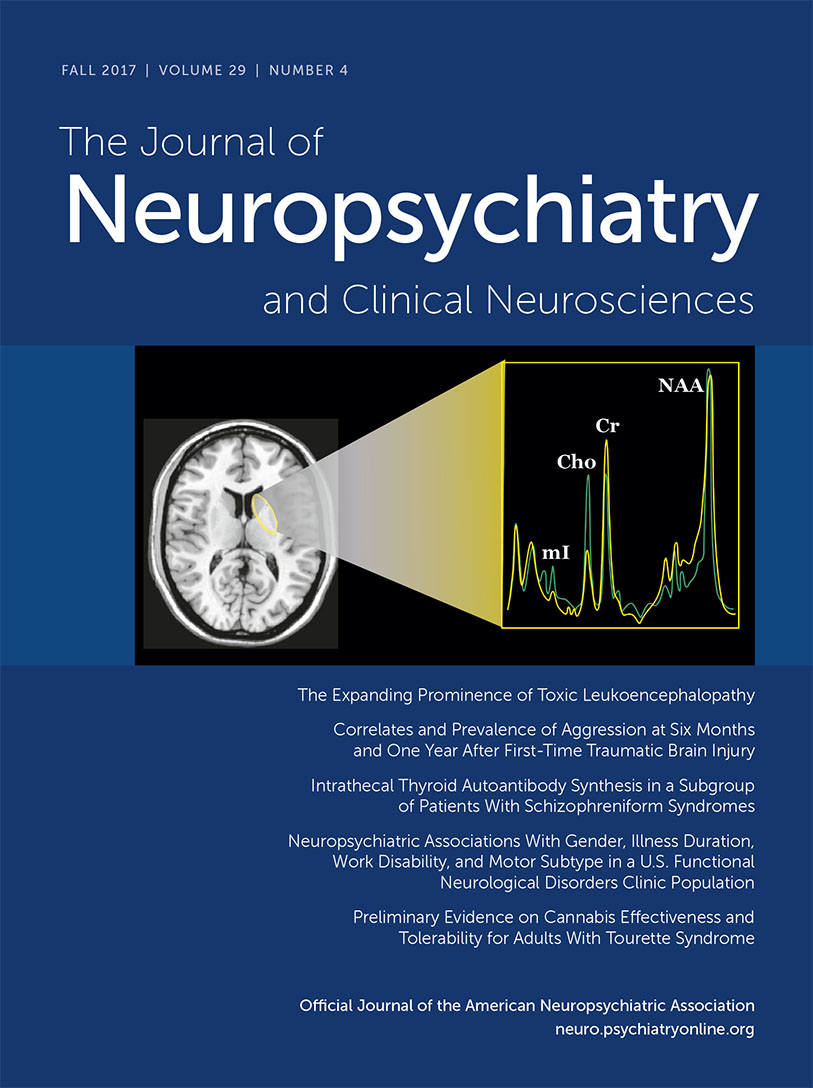Anorexia Nervosa and Functional Motor Symptoms: Two Faces of the Same Coin?
Abstract
The aim of this study was to compare anorexia nervosa (AN) patients and functional motor symptoms (FMS) patients by assessing their variability in demographic and clinical characteristics, risk factors, precipitators, and family history. The authors assessed levels of depression and anxiety, alexithymia, dissociation, body awareness, self-objectification, and interoception in the two groups, using 20 healthy controls (HCs) as a control group for psychometric assessment and for interoception. Unexpectedly, no differences in the three groups were observed for the measures related to awareness of physical state, including body awareness, self-objectification, and interoceptive ability via the heartbeat task. However, the AN and FMS groups were not different from each other but were different from the HC group with regard to anxiety, depression, alexithymia, and dissociation. In light of the similarities found, these data support the hypothesis of a common etiology involving emotional dysfunction in both disorders. These findings suggest that AN and FMS may be disorders belonging to the same spectrum (where emotional dysregulation is a key feature) and that there exist potential opportunities for collaborative, integrated investigations of etiology, diagnosis, and management of these disorders.



